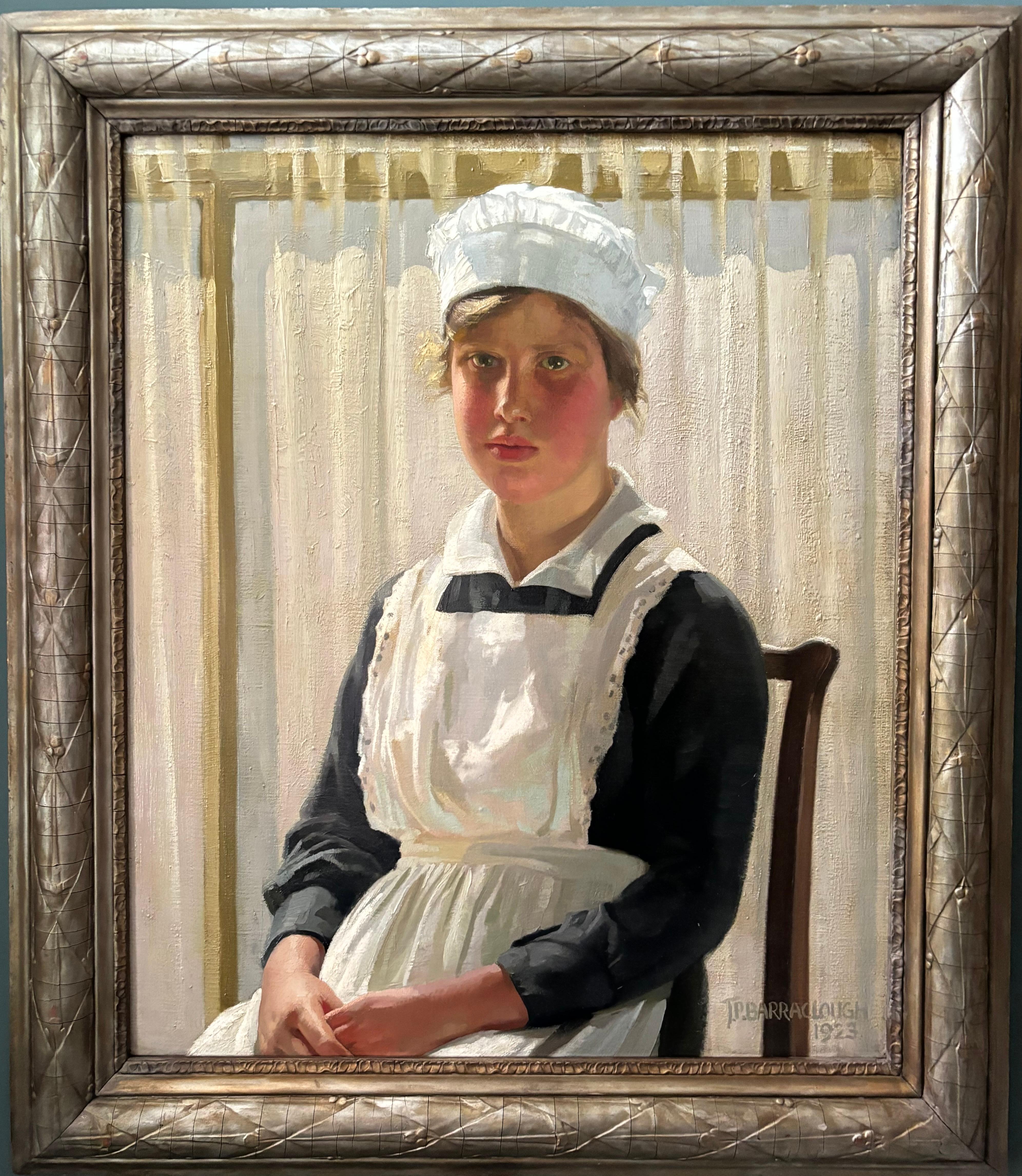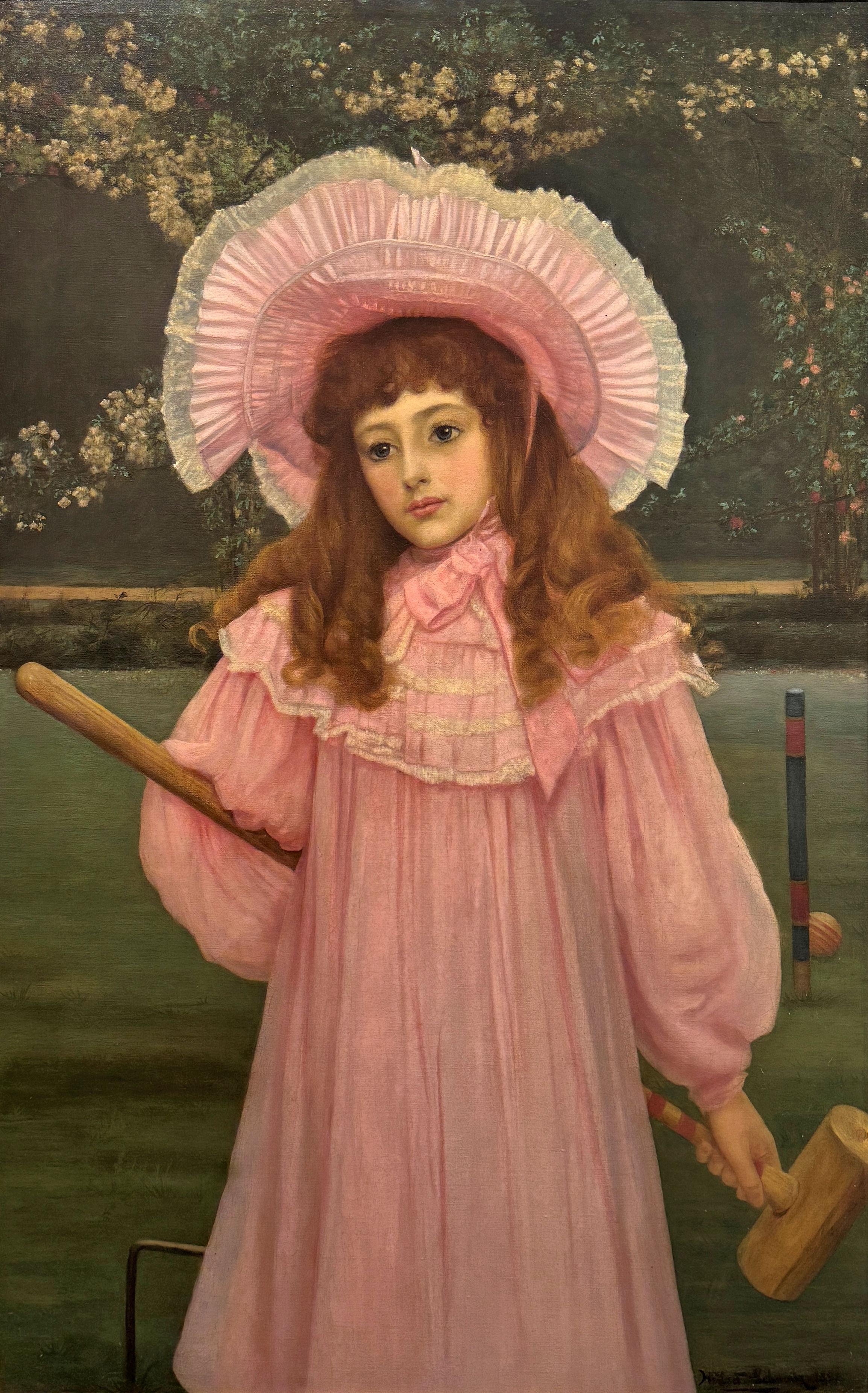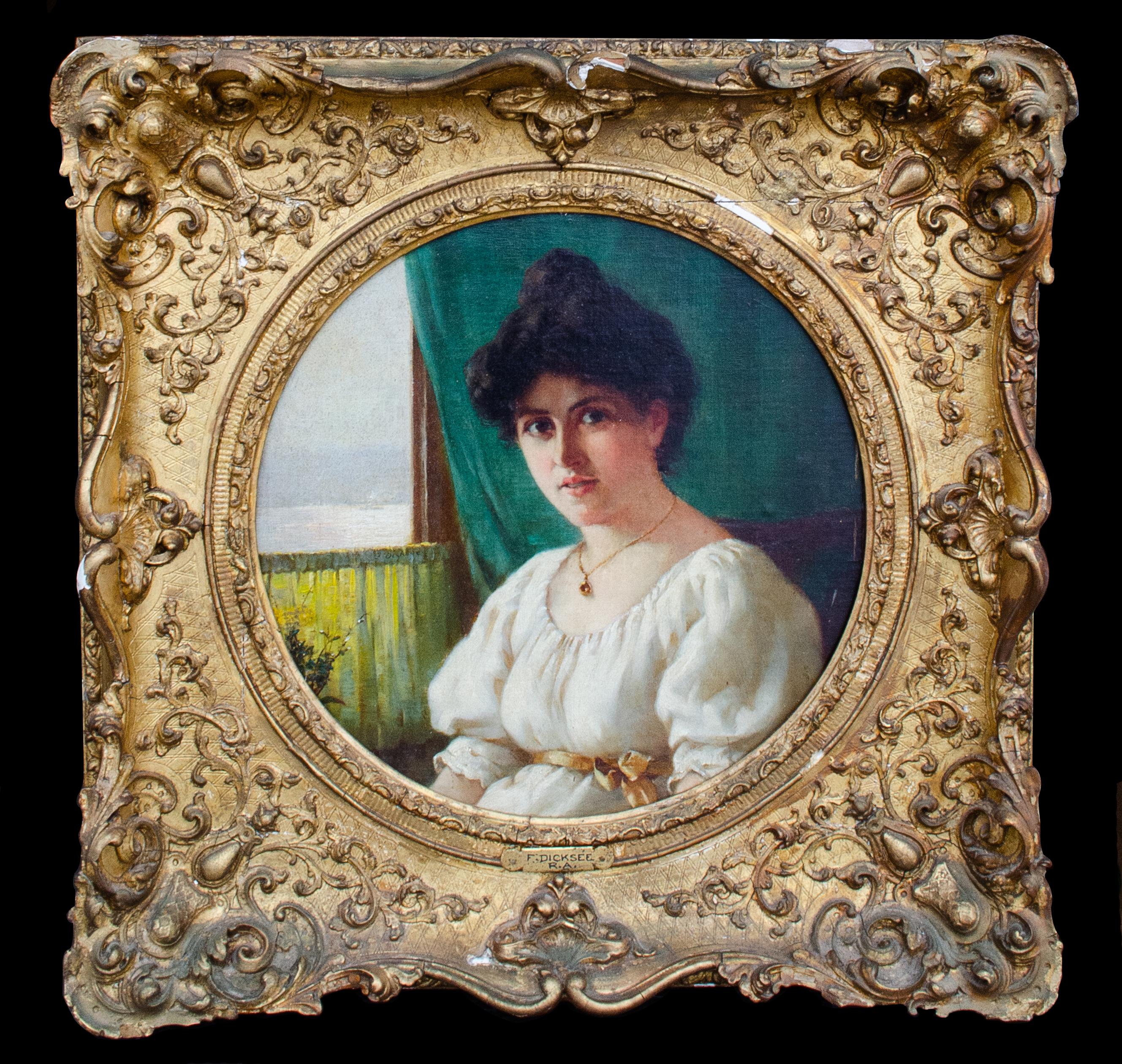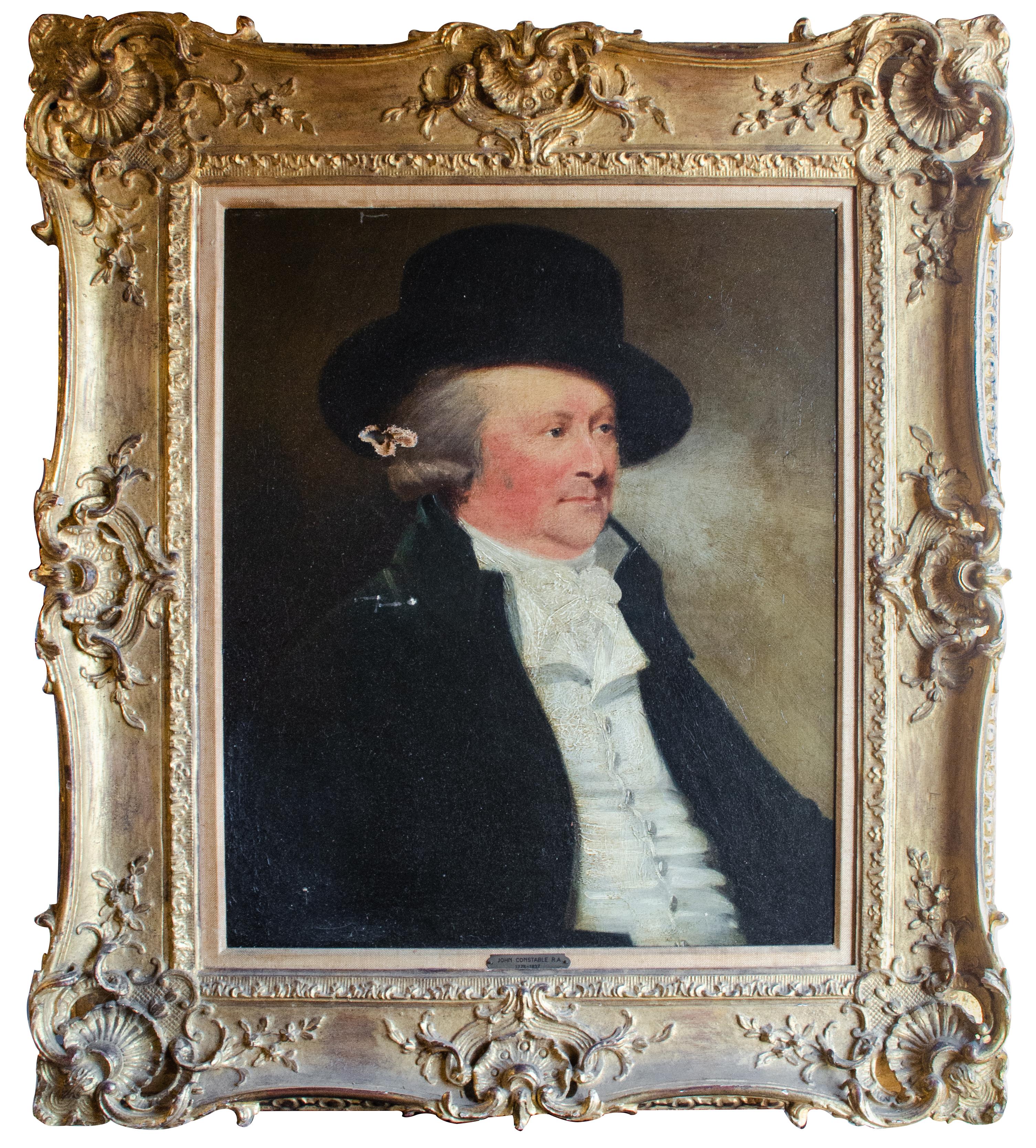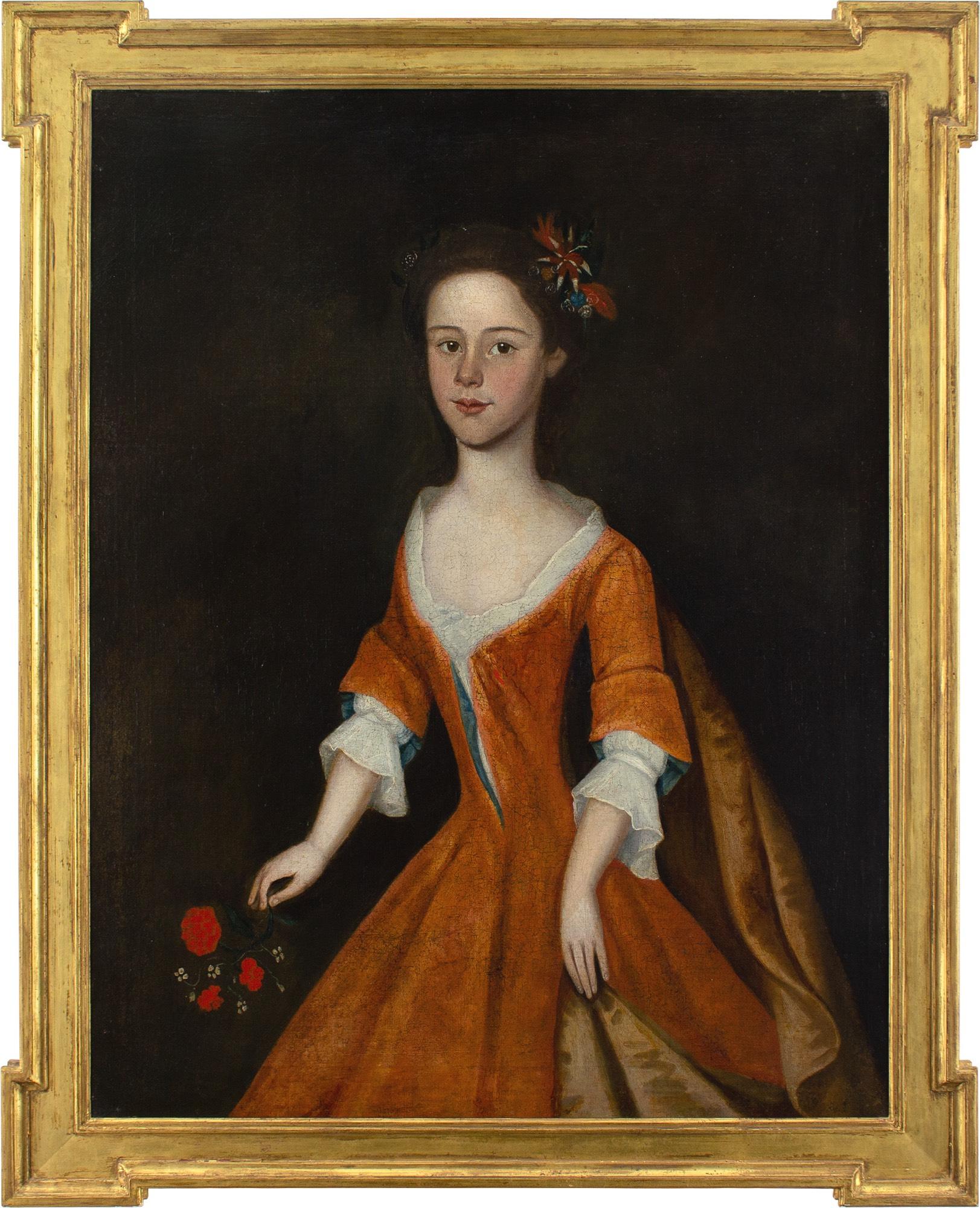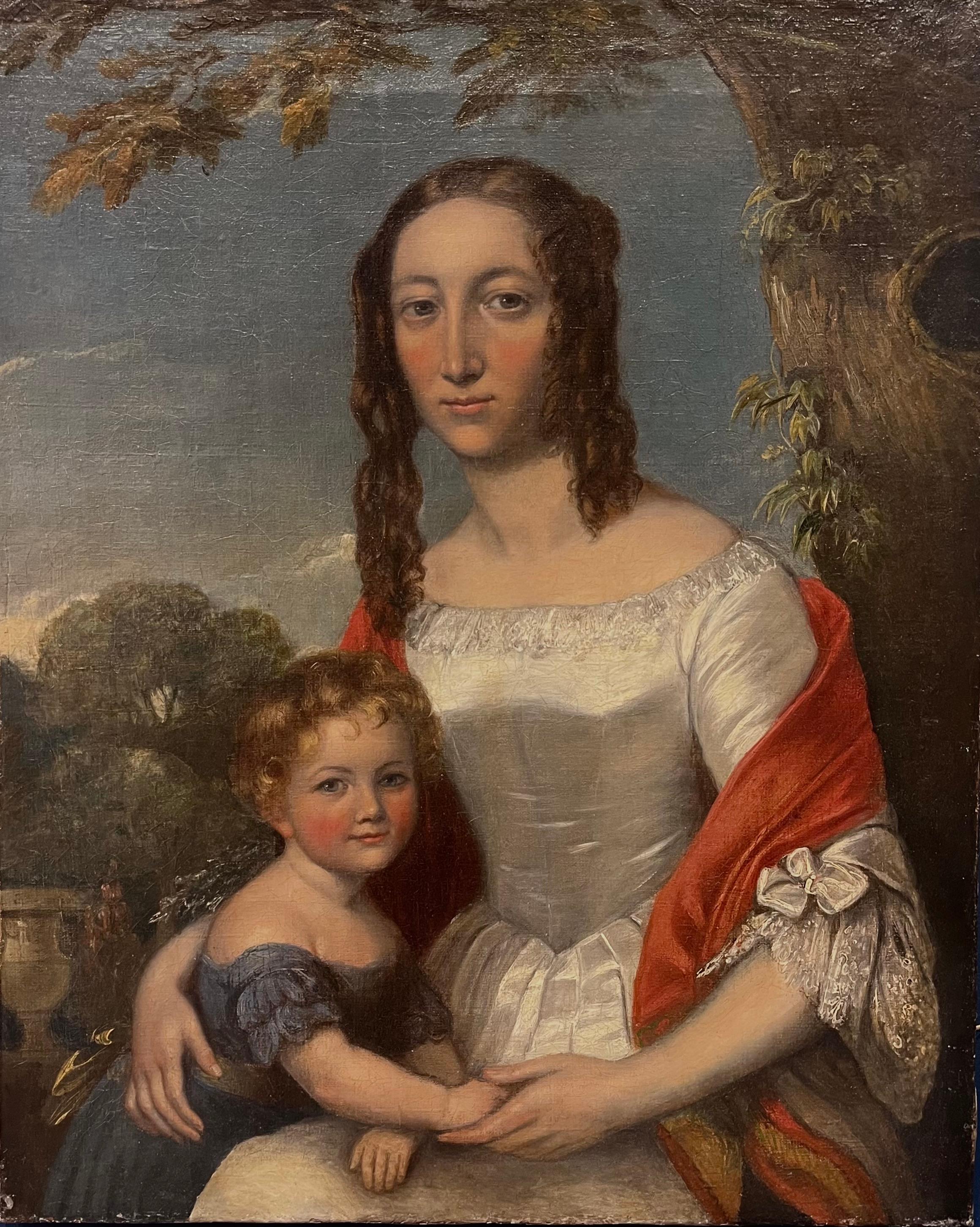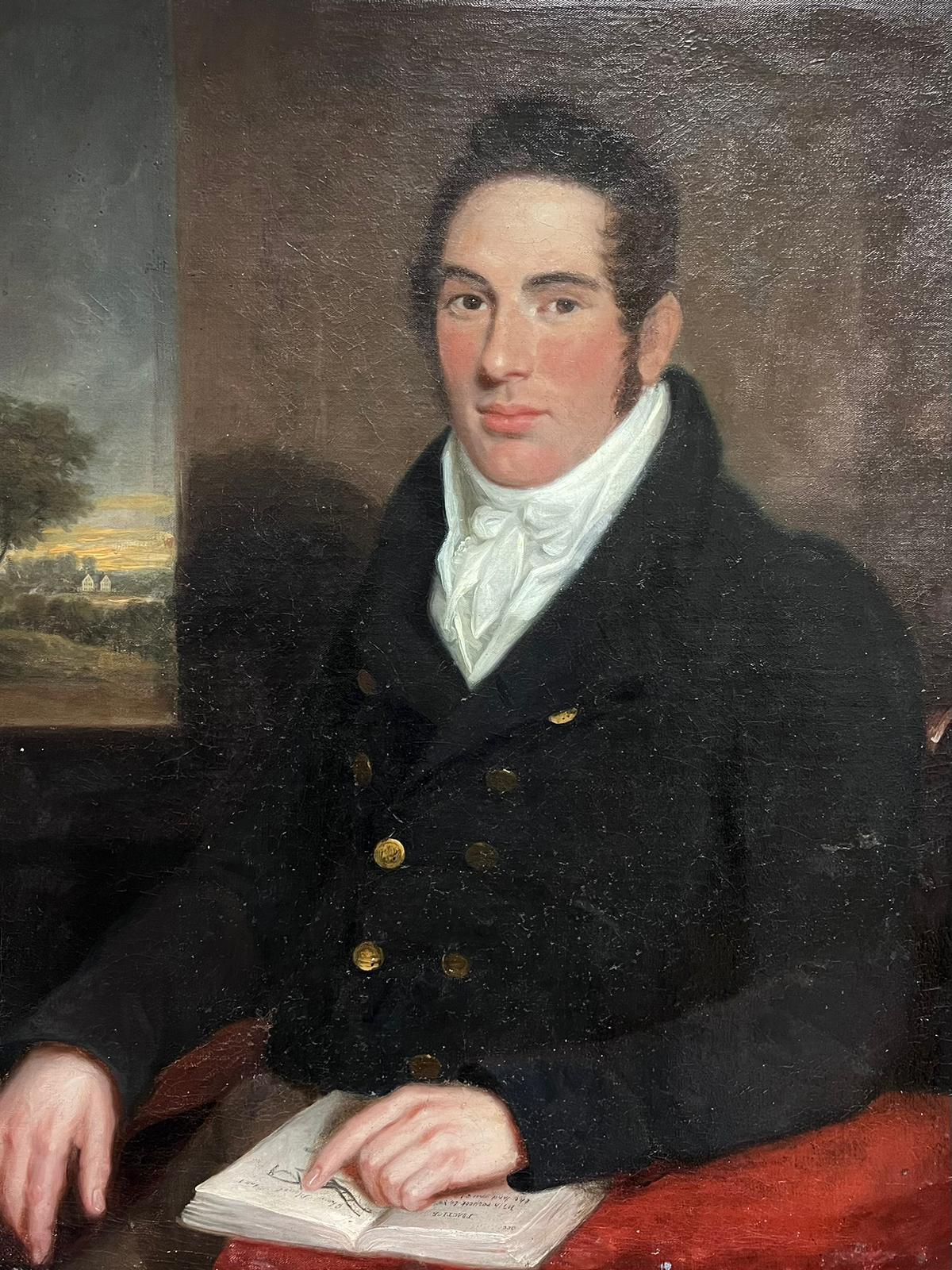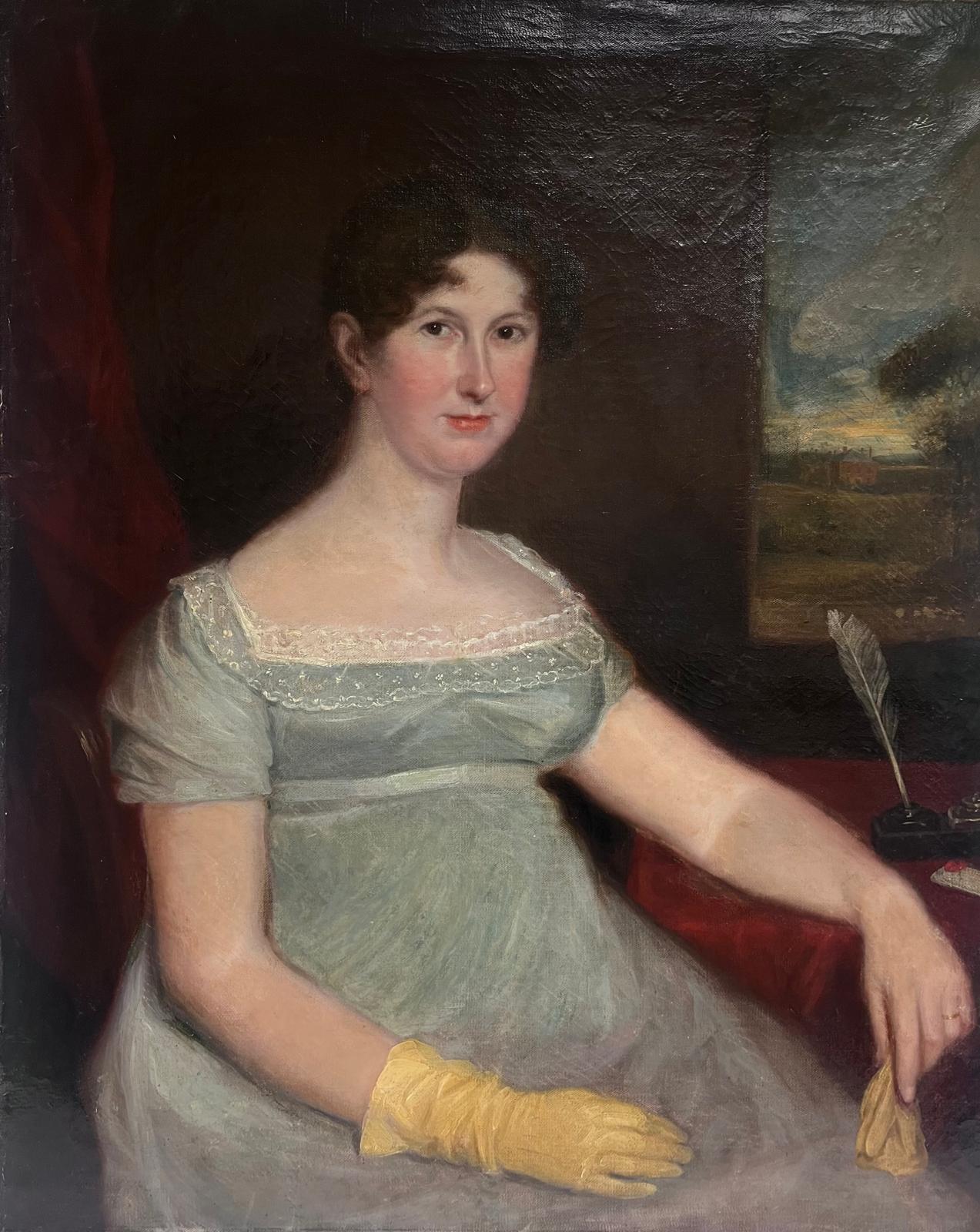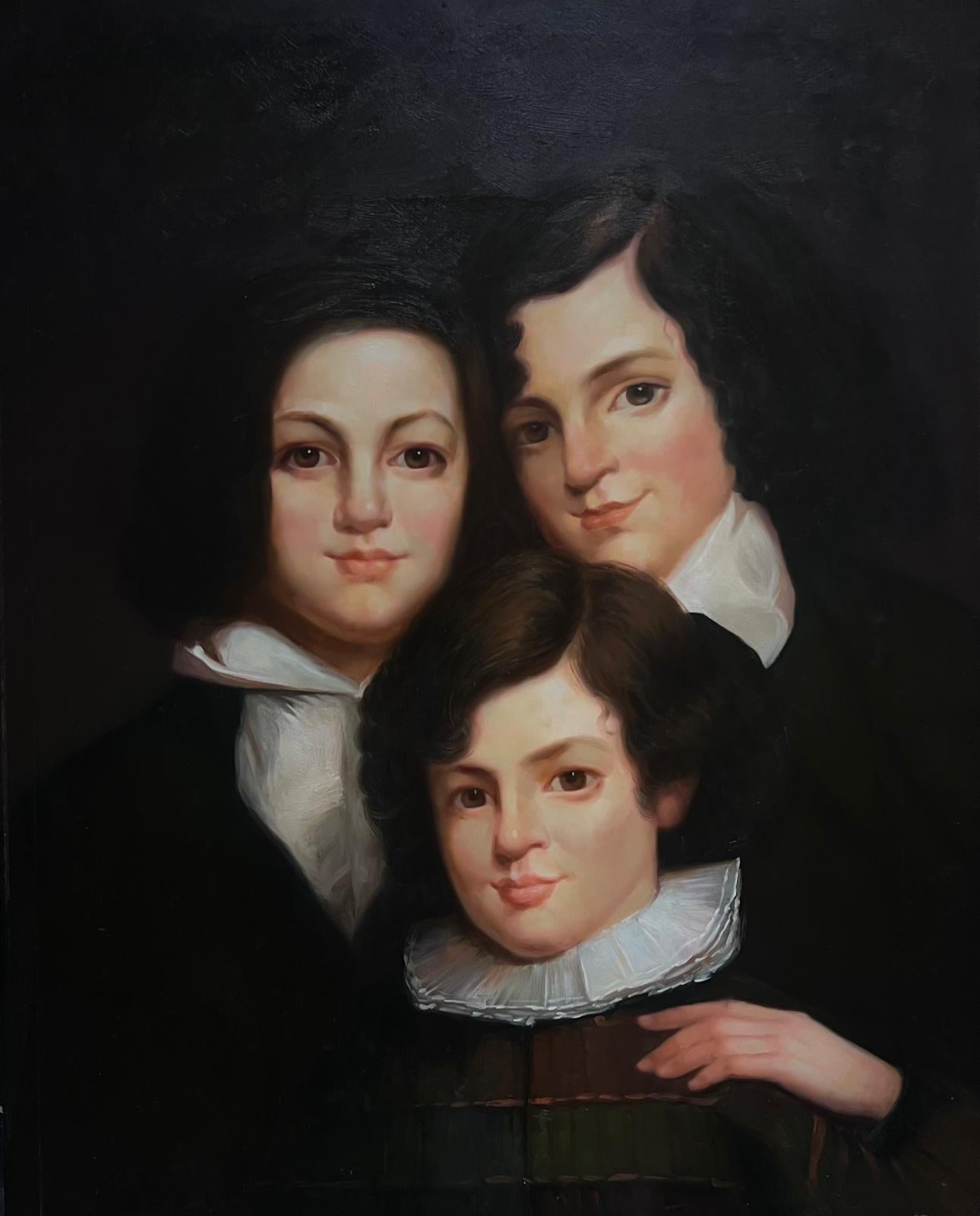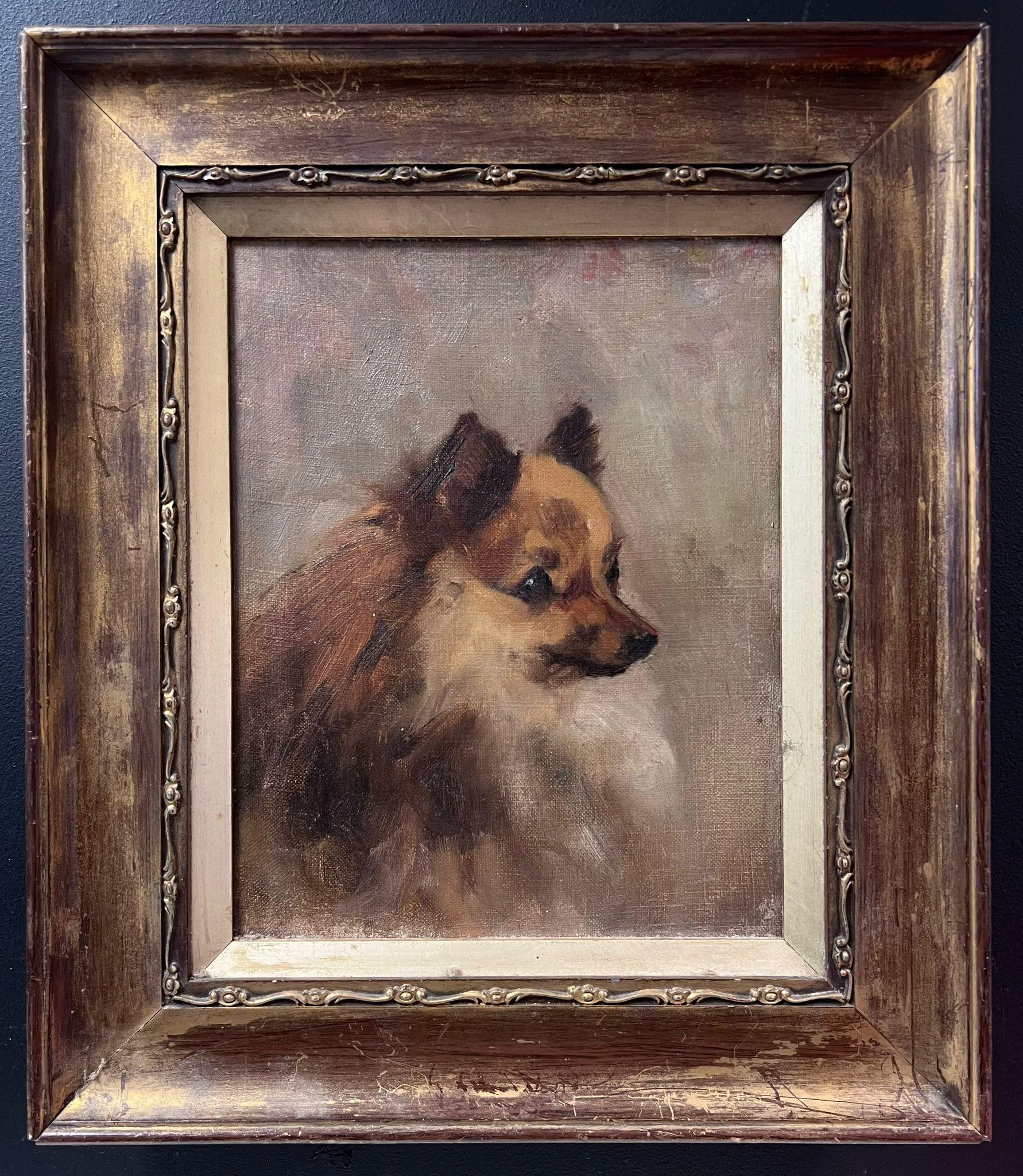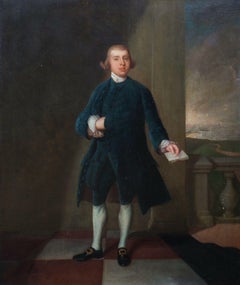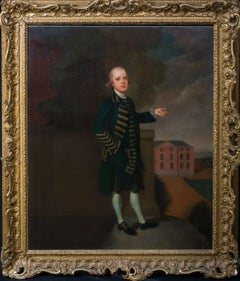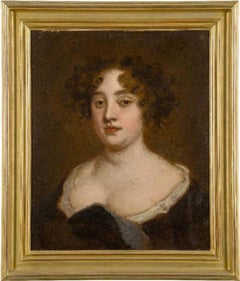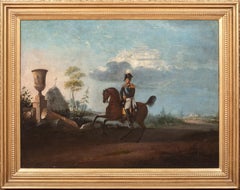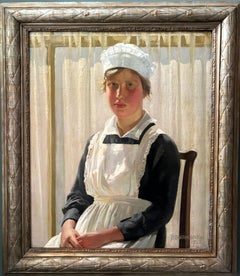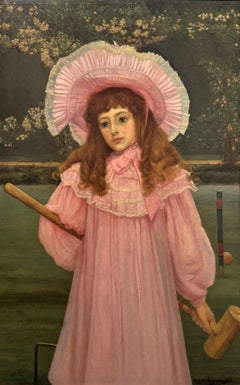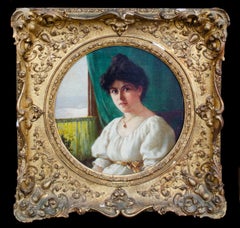The Battle Of Towton 1461, 19th Century - English School - War Of The Roses
View Similar Items
Want more images or videos?
Request additional images or videos from the seller
1 of 6
UnknownThe Battle Of Towton 1461, 19th Century - English School - War Of The Rosesc 1850
c 1850
$4,486.67List Price
About the Item
- Creation Year:c 1850
- Dimensions:Height: 75 in (190.5 cm)Width: 95 in (241.3 cm)
- Medium:
- Movement & Style:
- Period:
- Condition:
- Gallery Location:Blackwater, GB
- Reference Number:1stDibs: LU157728275202
About the Seller
4.9
Gold Seller
Premium sellers maintaining a 4.3+ rating and 24-hour response times
Established in 2008
1stDibs seller since 2021
278 sales on 1stDibs
Typical response time: 3 hours
Authenticity Guarantee
In the unlikely event there’s an issue with an item’s authenticity, contact us within 1 year for a full refund. DetailsMoney-Back Guarantee
If your item is not as described, is damaged in transit, or does not arrive, contact us within 7 days for a full refund. Details24-Hour Cancellation
You have a 24-hour grace period in which to reconsider your purchase, with no questions asked.Vetted Professional Sellers
Our world-class sellers must adhere to strict standards for service and quality, maintaining the integrity of our listings.Price-Match Guarantee
If you find that a seller listed the same item for a lower price elsewhere, we’ll match it.Trusted Global Delivery
Our best-in-class carrier network provides specialized shipping options worldwide, including custom delivery.More From This Seller
View AllPortrait Of Henry Farington, East India Company, 18th Century
By Arthur Devis
Located in Blackwater, GB
Portrait Of Henry Farington, East India Company, 18th Century
attributed to Arthur DEVIS (1712-1787)
One of a matching pair - the other is believ...
Category
18th Century English School Portrait Paintings
Materials
Canvas, Oil
$9,534 Sale Price
20% Off
Portrait Of A Gentleman & His Estate, Attributed to Arthur Devis, 18th Century
By Arthur Devis
Located in Blackwater, GB
Portrait Of A Gentleman & His Estate, 18th Century
attributed to Arthur DEVIS (1712-1787)
One of a matching pair - the other is believed to be the brother
Large 18th century Eng...
Category
18th Century English School Portrait Paintings
Materials
Canvas, Oil
$9,534 Sale Price
20% Off
Studio Of Sir Peter Lely - Portrait Of Lady Francklin Of Bedfordshire
By Sir Peter Lely
Located in Blackwater, GB
Portrait Of Lady Francklin of Bedfordshire, 17th Century
Studio of Sir Peter Lely (1618-1680)
Fine 17th Century English portrait of Lady Fr...
Category
17th Century English School Portrait Paintings
Materials
Canvas, Oil
$7,290 Sale Price
20% Off
Portrait Of Emperor Nicholas I Of Russia (1796-1855) On Horseback, 19th Century
Located in Blackwater, GB
Portrait Of Emperor Nicholas I Of Russia (1796-1855) On Horseback, 19th Century
circle of Heinrich Muller (1781-1851)
Large 19th Century portrait of Nicholas I, Emperor of Russia o...
Category
19th Century Portrait Paintings
Materials
Canvas, Oil
Portrait Of Elizabeth Campbell & Daughter, Wife Of Colonel Colin Campbell
Located in Blackwater, GB
Portrait Of Elizabeth Campbell & Daughter, Wife Of Colonel Colin Campbell
circle of Margaret Carpenter (1793-1872)
Large 19th Century English portrait of Elizabeth Campbell & Daughter, oil on canvas. Seated half length mother and daughter portrait of the wife of Colonel Colin Campbell. Good quality similar to Margaret Carpenters...
Category
19th Century Portrait Paintings
Materials
Canvas, Oil
Court Portrait Of King Edward VI (1537-1553) King Of England
Located in Blackwater, GB
Portrait Of King Edward VI (1537-1553) King Of England
after William SCROTS (1510-1553)
Large circa 17th Century portrait of Edward VI, King Of England, oil on canvas. Excellent quality and condition half length portrait of the only surviving son of King Henry VIII and Jane Seymour wearing Prince Of Wale Feathers and the crown upon a pendant. Exceptional quality distinctly similar to the works of court painter William Scrots. Presented in a gilt & ebony frame.
Measurements: 40" x 34" framed approx
Provenance: The estate of Richard Philip...
Category
17th Century Portrait Paintings
Materials
Oil, Canvas
You May Also Like
Antique Late 19th Century English Oil on Canvas Painting Female Portrait 1900
Located in Portland, OR
Antique English oil on canvas portrait painting, circa 1900. A very handsome Impressionist portrait of a youthful lady in Edwardian dress. Oil on canvas, signed to the upper left "F ...
Category
Early 1900s English School Portrait Paintings
Materials
Canvas, Oil
James P Barraclough, Portrait of a young woman, Royal Academy exhibit
By James P. Barraclough
Located in Harkstead, GB
A delicately painted portrait of a pretty young maid imbued with a beautiful light.
James P Barraclough 1891 - 1942
The Kitchen maid
Signed and dated 1923
Oil on canvas
30 x 25 inc...
Category
1920s English School Portrait Paintings
Materials
Oil, Canvas
"Anyone for Croquet" Herbert Gustave Schmalz, Portrait by Pre-Raphaelite Artist
Located in New York, NY
Herbert Gustave Schmalz
Anyone for Croquet, circa 1898
Signed lower right
Oil on canvas
47 5/8 x 31 3/4 inches
Provenance
Anthony Mitchell, Nottingham
Burlington Gallery Ltd., Londo...
Category
1890s English School Figurative Paintings
Materials
Canvas, Oil
Sir Francis Dicksee Portrait, c. 1900
Located in New York, NY
Sir Francis Dicksee (English, 1853-1928)
Untitled (Portrait of a Woman), c. 1900
Oil on canvas; period frame
Sight: 13 1/4 in.
Framed: 21 1/8 x 21 1/8 x 3 3/8 in.
Frank Dicksee was a member of a noted artistic family, his father, brother, and sister Margaret were all well-known painters, and the family lived in the Bloomsbury area of London. He was initially trained by his father, before entering the Royal Academy schools in 1870. Amongst the visiting lecturers who trained him, were the famous senior academicians Leighton [1830-1896] and Millais [1829-1896].
Dicksee was a star student, earning many distinctions and medals. Like many other artists of the day his early career was largely spent in book illustration, as well as some stained glass window design. He started exhibiting at the RA in the mid 1870s, and also exhibited at the Grosvenor Gallery, though his real base was always the Academy. Dicksee made his reputation with Harmony, exhibited at the Academy in 1877, and bought by the Chantry Bequest.
Frank Dicksee was elected ARA in 1881, and became a full RA ten years later. Many of his pictures were of dramatic historical and legendary scenes. He also was a noted painter of elegant, highly-finished portraits of fashionable women, which of course helped to bring him material success. Many of these portraits are so beautiful, it is really difficult to disapprove of them - happy was the fashionable lady whose portrait was painted by Dicksee! He also painted landscapes.
Dicksee lived in St John's Wood, and remained a bachelor. He was, of course, one of the nineteenth century artists who outlived his time, and was, to his credit, very unhappy with developments in the early twentieth century. Rather surprisingly, Dicksee was elected President of the Royal Academy in 1924, fulfilling the role with panache and tact. Physically he was a tall, good-looking, patrician figure, with a charming easy-going manner. Like his predecessor but one Edward Poynter...
Category
Early 1900s English School Portrait Paintings
Materials
Oil, Canvas
Portrait After John Constable, Sotheby's Provenance
By John Constable
Located in New York, NY
After John Constable (British, 1776-1837)
Portrait of A Man, c. 1800
Oil on canvas
23 3/4 x 19 3/4 in.
Framed: 34 x 29 3/4 x 2 3/4 in.
Sotheby'...
Category
19th Century English School Portrait Paintings
Materials
Canvas, Oil
George Clint ARA (Attributed), Portrait Of A Lady In A Brown Dress
Located in Cheltenham, GB
This early 19th-century half-length portrait attributed to British artist George Clint ARA (1770-1854) depicts a young lady wearing a beautiful brown dress, bonnet decorated with small flowers, gold earrings and coral necklace. Clint was a distinguished painter and mezzotint engraver predominantly known for portraiture and dramatic scenes.
Set before an evocative classically-inspired backdrop, she looks out from across the centuries with a composed demeanour. Adorned in the latest fashions, oversized ‘gigot’ sleeves, a delicately-poised bonnet, and a coral necklace for good luck. It’s a charming portrayal by a masterful hand.
Born at Drury Lane, in the heart of London’s West End, George Clint was destined to lead an exuberant life amid the spectacle of theatreland. His father, Michael Clint, was a hairdresser during a time of “hair pomatum, whalebone, wire, lace gauze, and feathers” - so young George would have encountered a variety of ‘characters’ during his childhood.
But despite these elevated surroundings, he soon discovered the darker side of London when thrust into the world of employment. Apprenticed initially as a fishmonger, he trained under a ferocious master who was known to beat him. The hours were unsocial, the conditions rank, and the work was brutal. He soon quit but subsequently found himself toiling for a corrupt attorney who demanded he undertake unscrupulous acts on his behalf.
Seeking a less volatile role, he turned next to house painting, at which he excelled. Commissioned, among other projects, to paint the stones of the arches in the nave of Westminster Abbey. Aside from an incident whereby he almost fell from the second story of a building, all was going well.
Following his marriage in 1792 to Sarah Coxhead, a farmer’s daughter, he began work in earnest as a painter of miniatures, determined to forge a career. Robert William Buss’ memoir celebrates Clint’s success as a miniaturist, stating that “great manual excellence was united with that chaste, delicate feeling for female beauty which characterised all Mr. Clint's portraits of ladies.”
Until this point, it appears he was predominantly self-taught, presumably constrained by a lack of finances. But from hereon in, his industrious nature coupled with several fortunate encounters, led to him developing an enviable talent for both painting and engraving. During the early 19th-century, the acquaintances one kept could make or break your fortunes and perhaps acutely aware of this, Clint’s ‘society’ was an ever-evolving circle of influential personalities.
He was “initiated into the mysteries of engraving” by Edward Bell (act.1794-1819) and produced numerous works after the foremost artists, such as George Stubbs, John Hoppner, and Thomas Lawrence. Following a commission from Lawrence, he struck up a long-term friendship.
Admired for his skill as a mezzotint engraver, he sought next to hone his technique in oils and, as with many aspiring portraitists, his first work in this respect was a depiction of his beloved wife. The pair were both delighted with it, yet over time Clint began to doubt himself and sought the validation of a superior hand - that of Sir William Beechey (1753-1839). However, paralysed with insecurity, he couldn’t face the potential criticism, so his wife took it instead - “with a child under one arm and the portrait in the other”. The result was immeasurably more positive than he’d envisaged and he became closely associated with Beechey until his death in 1839.
Numerous commissions followed from the landed gentry including Lord Egremont, Lord Spencer, and Lord Essex. But also from the theatrical community who would fill his studio at 83 Gower Street, Bloomsbury. His connections within the world of acting led to notable works such as ‘Malvolio and Sir Toby’ (from William Shakespeare's 'Twelfth Night', Act II, Scene iii)’ and ‘Harriet Smithson as Miss Dorillon, in Wives as They Were, and Maids as They Are’.
While his efforts in mezzotint included several contributions to JMW Turner’s Liber Studiorum.
As a measure of his success, Clint was elected an Associate of the Royal Academy in 1821 - a position he later relinquished for personal reasons. Today, he’s represented in numerous public collections including at The British Museum, Harvard Art Museums, The Met, V&A, Yale Center for British Art, and the National Portrait Gallery.
“The respect in which he was held, not only by his brother artists, but by an immense number of eminent men in various professions, and others of the highest rank, was the result of a rare combination of talent, candour, suavity of manner, and integrity of purpose”. [Obituary, 1854].
Housed in a period gilt frame, which is probably original.
Learn more about George Clint ARA in our directory.
Labels & Inscriptions: Supplier’s stencil from Rowney & Forster. The National Portrait Gallery holds a database of supplier’s stencils over the decades. The one here is also presented on two other works by George Clint. ‘Falstaff’s Assignation with Mrs Ford...
Category
1830s English School Portrait Paintings
Materials
Oil, Canvas
